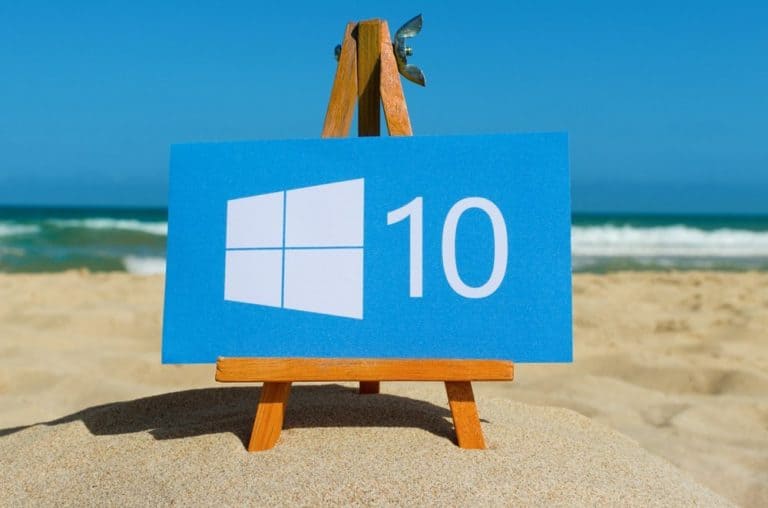Microsoft is revising the way it adds new features to Windows 10. The changes seem to be mainly aimed at avoiding rushed work and ensuring a stable user experience.
Specifically, new features are now disconnected from specific Windows releases, and are instead delivered “when ready”. This is what Brandon LeBlanc, senior program manager of the Windows Insider team, writes in a blog post.
“While features in the active development branch may be slated for a future Windows 10 release, they are no longer matched to a specific Windows 10 release,” explains LeBlanc.
“New features and OS improvements done in this branch during these development cycles will show up in future Windows 10 releases when they are ready.”
New update schedule
With the introduction of Windows 10 1909, or the November 2019 Update, Microsoft already made a significant change to the update process by offering that release as a cumulative maintenance update for users on its direct predecessor, Windows 10 1903. In addition, the update was very light in new features and focused mainly on stability.
Disconnecting new features from specific releases seems like a new step in improving the update quality of Windows 10. Until now, Microsoft has always linked new features to upcoming new releases in a very public way. This has sometimes delayed an update, or new features were not quite ready at launch. In a few cases, the decision was made to postpone a new feature until the next update.
Ensuring quality
By disconnecting features and releases, and not rolling out new features until they are ready, Microsoft gives itself more room to ensure quality. At the same time, however, it also questions the future of Microsoft’s major feature updates.
The new approach with Windows 10 1909 was already a clear indication of a new strategy, but if we interpret LeBlanc’s words correctly, new features can now be added every month via a maintenance update.
